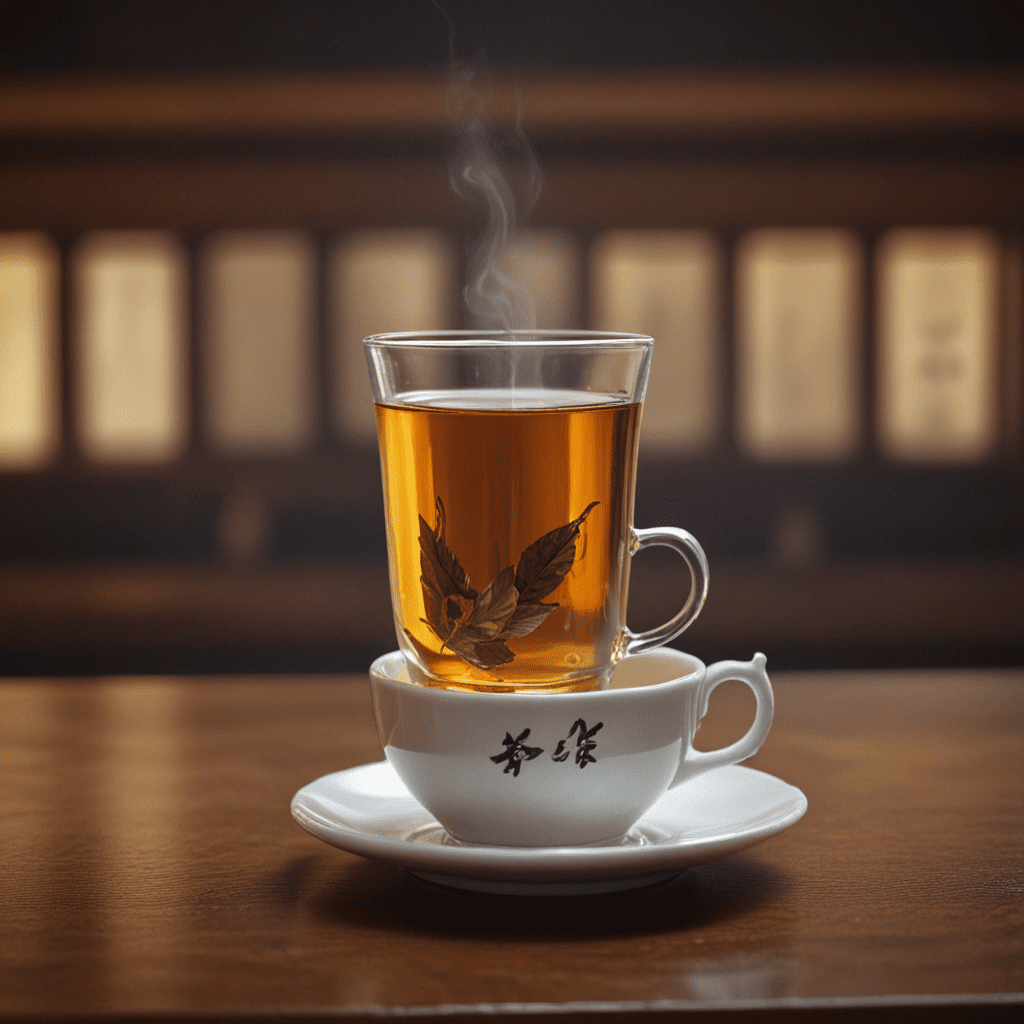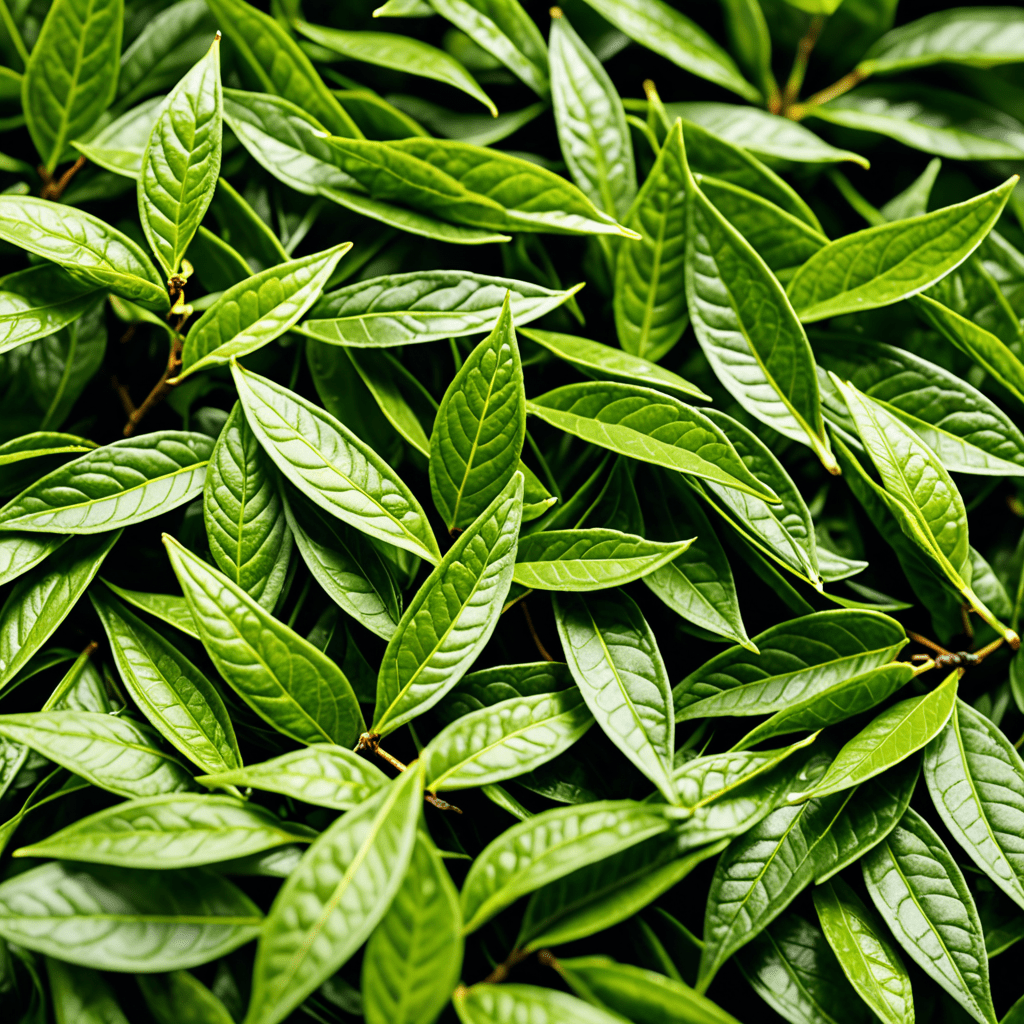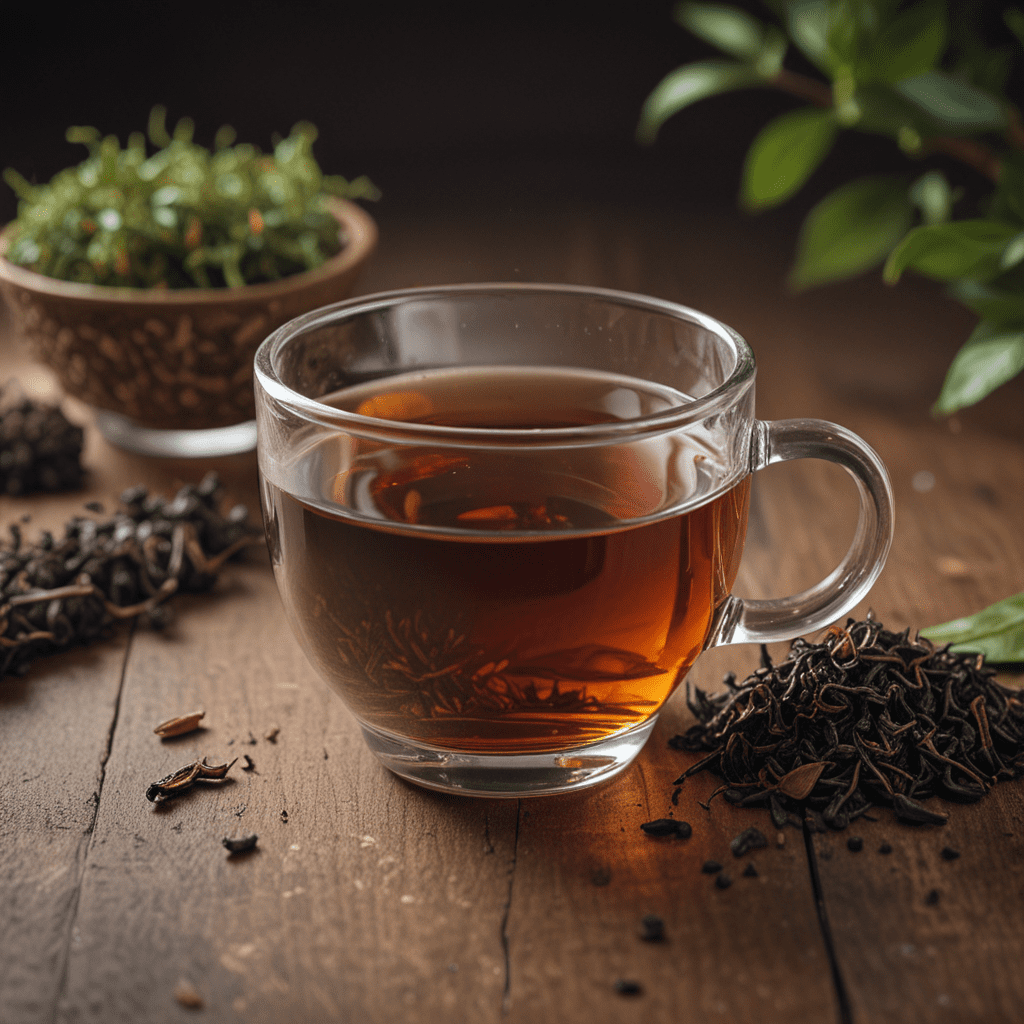Introduction: The Ancient Roots of Chinese Tea Culture
The history of Chinese tea culture stretches back over millennia, with its origins dating back to ancient times. Legend has it that the Chinese emperor Shennong discovered the invigorating properties of tea leaves around 2737 BC. Since then, tea has become deeply ingrained in Chinese society, shaping cultural traditions, social interactions, and artistic expressions.
Tea as a Cultural Connector: Fostering Intergenerational Bonds
In China, tea is more than just a beverage; it serves as a bridge between generations. Family gatherings and social events often revolve around the ceremonial preparation and sharing of tea. The act of serving tea to elders and guests is a sign of respect and appreciation, while sipping tea together fosters a sense of connection and shared experiences.
The Rituals and Customs of Chinese Tea Drinking
Chinese tea drinking is a ritualized practice with its own set of customs and etiquette. The preparation and serving of tea are often performed with grace and precision, following established methods that have been passed down through generations. The type of tea used, the brewing techniques, and the accompanying snacks vary depending on the region and occasion.
Health and Longevity: The Medicinal Aspects of Tea
Beyond its cultural significance, tea has long been valued for its medicinal properties. Traditional Chinese medicine practitioners believe that different types of tea possess unique health benefits. Green tea, for instance, is known for its antioxidant and anti-inflammatory effects, while oolong tea is said to promote weight loss and improve digestion.
The Social Significance of Tea: Tea Houses and Tea Gatherings
Tea houses have played a vital role in Chinese society throughout history. They serve as gathering places where people can socialize, conduct business, and engage in intellectual discussions. Tea gatherings, known as "tea parties," are often organized for special occasions, such as holidays, celebrations, or literary events.
6. Artistic Expression Through Tea: Tea Poetry, Calligraphy, and Painting
Tea has inspired countless works of art throughout Chinese history. Poets have penned elegant verses extolling the virtues of tea, calligraphers have captured the essence of tea in graceful strokes, and painters have depicted tea scenes with intricate detail. These artistic expressions reflect the cultural significance of tea and its role in Chinese aesthetics.
7. Tea as a Culinary Staple: Tea-Infused Dishes and Delicacies
In addition to its role as a beverage, tea is also used as an ingredient in various dishes and delicacies. Tea-infused soups, stews, and desserts are common in Chinese cuisine, adding a subtle flavor and aroma to meals. Tea leaves can also be used as a seasoning or marinade, imparting a unique savory note to dishes.
8. Tea Production and Cultivation: The Art of Tea Farming
The cultivation of tea is a highly specialized art form in China, with different regions renowned for their unique tea varieties. Tea farmers employ traditional methods passed down through generations, carefully managing the soil, water, and sunlight to produce high-quality tea leaves. The process involves meticulous pruning, harvesting, and processing techniques that ensure the preservation of tea's delicate flavors and aromas.
9. Tea Tourism: Exploring China’s Historic Tea Gardens
China boasts numerous historic tea gardens that offer visitors an immersive experience of the country's tea culture. These gardens, often located in picturesque landscapes, provide guided tours, tea tastings, and workshops that showcase the art of tea production and the rich history behind it. Visitors can learn about the different types of tea plants, the traditional methods of cultivation, and the cultural significance of tea in Chinese society.
10. The Future of Chinese Tea Culture: Innovation and Adaptation
While Chinese tea culture has a long and storied history, it continues to evolve and adapt to modern times. Tea producers are experimenting with new cultivation techniques, blending traditional methods with innovative approaches to meet the changing demands of consumers. The rise of online tea markets and tea subscription services has also made Chinese teas more accessible globally. As the world embraces the health benefits and cultural richness of tea, Chinese tea culture is poised to continue its journey of bridging generations and fostering global connections.
Frequently Asked Questions (FAQs)
What is the difference between green tea, black tea, and oolong tea?
Green tea is made from unoxidized leaves, black tea from fully oxidized leaves, and oolong tea from partially oxidized leaves. This oxidation process influences the flavor, aroma, and health benefits of each type of tea.
How do I prepare Chinese tea properly?
The ideal water temperature and steeping time for Chinese tea vary depending on the type of tea. Generally, green teas are steeped in hot water (around 80°C/176°F) for a shorter duration, while black teas are steeped in boiling water for a longer time.
What are the health benefits of Chinese tea?
Chinese teas are rich in antioxidants, which have been linked to various health benefits, including reducing the risk of cardiovascular disease, improving cognitive function, and boosting metabolism. Some teas also have specific health-promoting properties, such as green tea's potential to promote weight loss and oolong tea's potential to reduce cholesterol levels.


